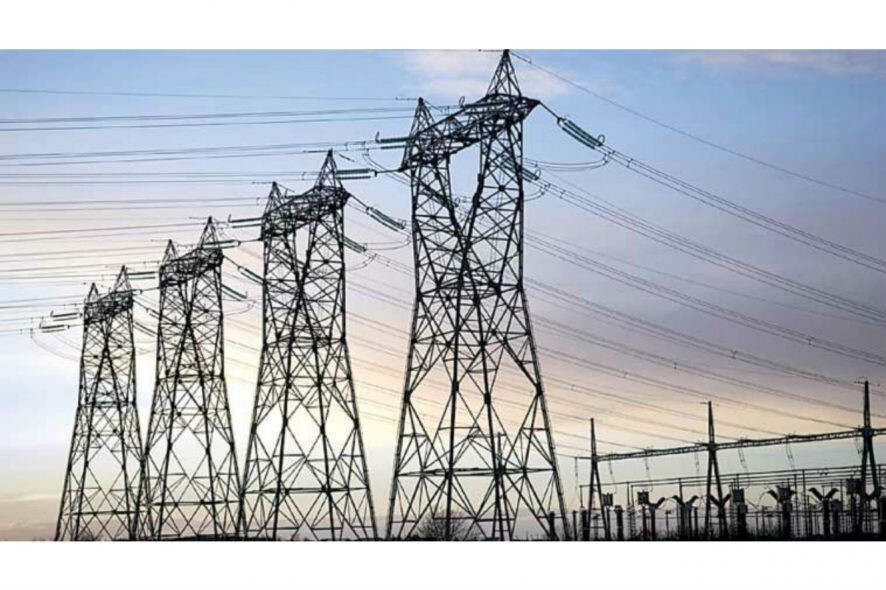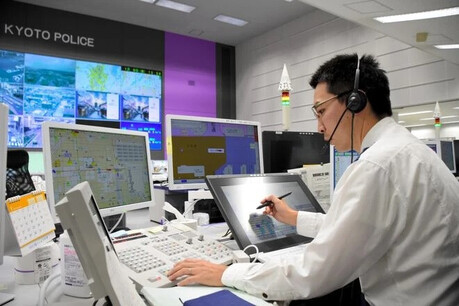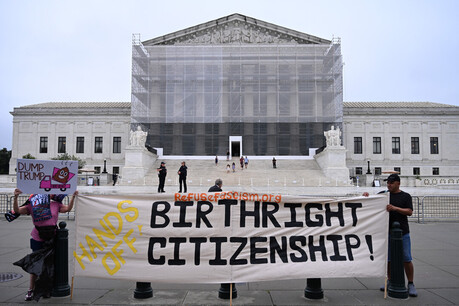
Norway's abundant hydroelectric power used to keep rates low, but with its integration into the European market, hydro-electricity generated in Norway is sent via cables to Europe. This week, when Europe’s own alternative energy sources didn’t produce enough, especially in Germany and Denmark, Norway had to send a lot of electricity to Europe.
Consumers in southwestern Norway are facing rates including power-line distribution, taxes and fees of more than NOK 13 (EUR 1.12) per kilowatt hour (kwh). The average rate for electricity alone was NOK 4.09, double what consumers were expected to face in Italy.
Residents of Stavanger and Kristiansand in the southwest were being warned that a five-minute hot shower would cost the equivalent of around NOK 50 Thursday morning, and that it would cost more than NOK 500 (EUR 43) to charge up an electric car with a 50kWh battery.
Residents in the northern part of Norway faced much lower rates, down to just NOK 0.12 in Nordland, Troms and Finnmark, because of how the power grid is distributed.
The government has put in place state subsidy support programs to cut actual monthly bills for Norwegian households, down to as low as NOK 2/kWh. However, the state support (called strømstøtte) doesn't extend to businesses or secondary residences.
Business organizations call for more expansion of Norway’s own power production and distribution, but government officials admit Norway “no longer has control” over its electricity market.
[Copyright (c) Global Economic Times. All Rights Reserved.]





























